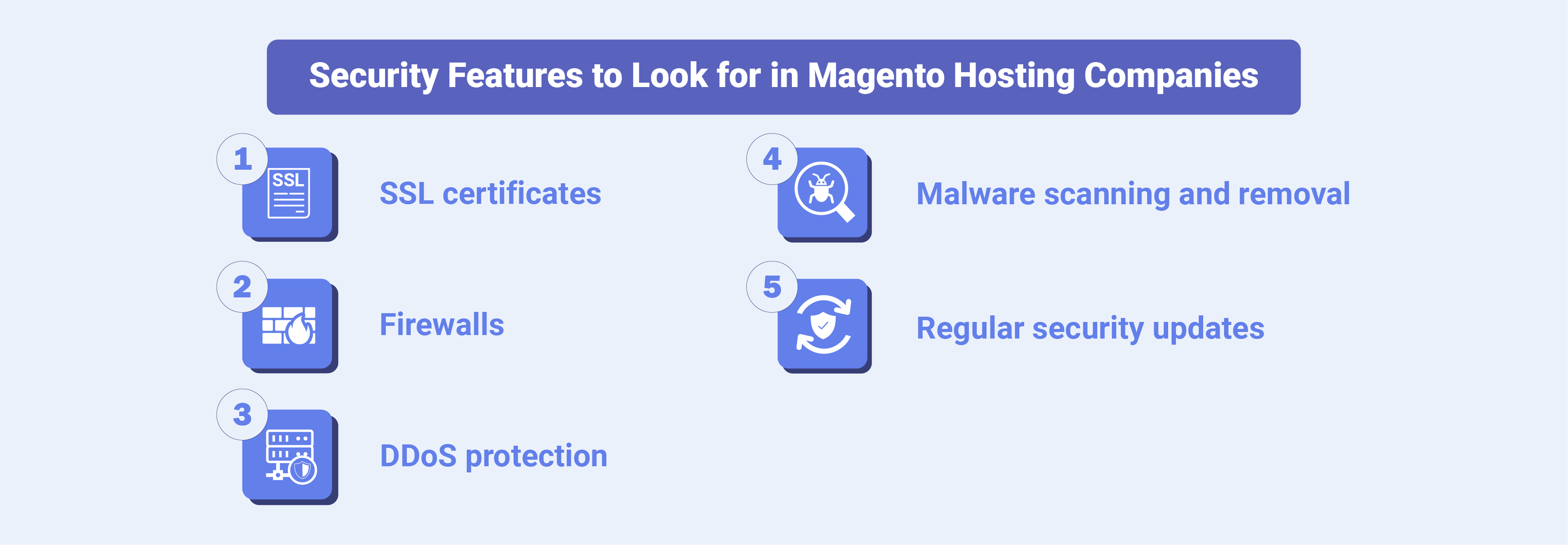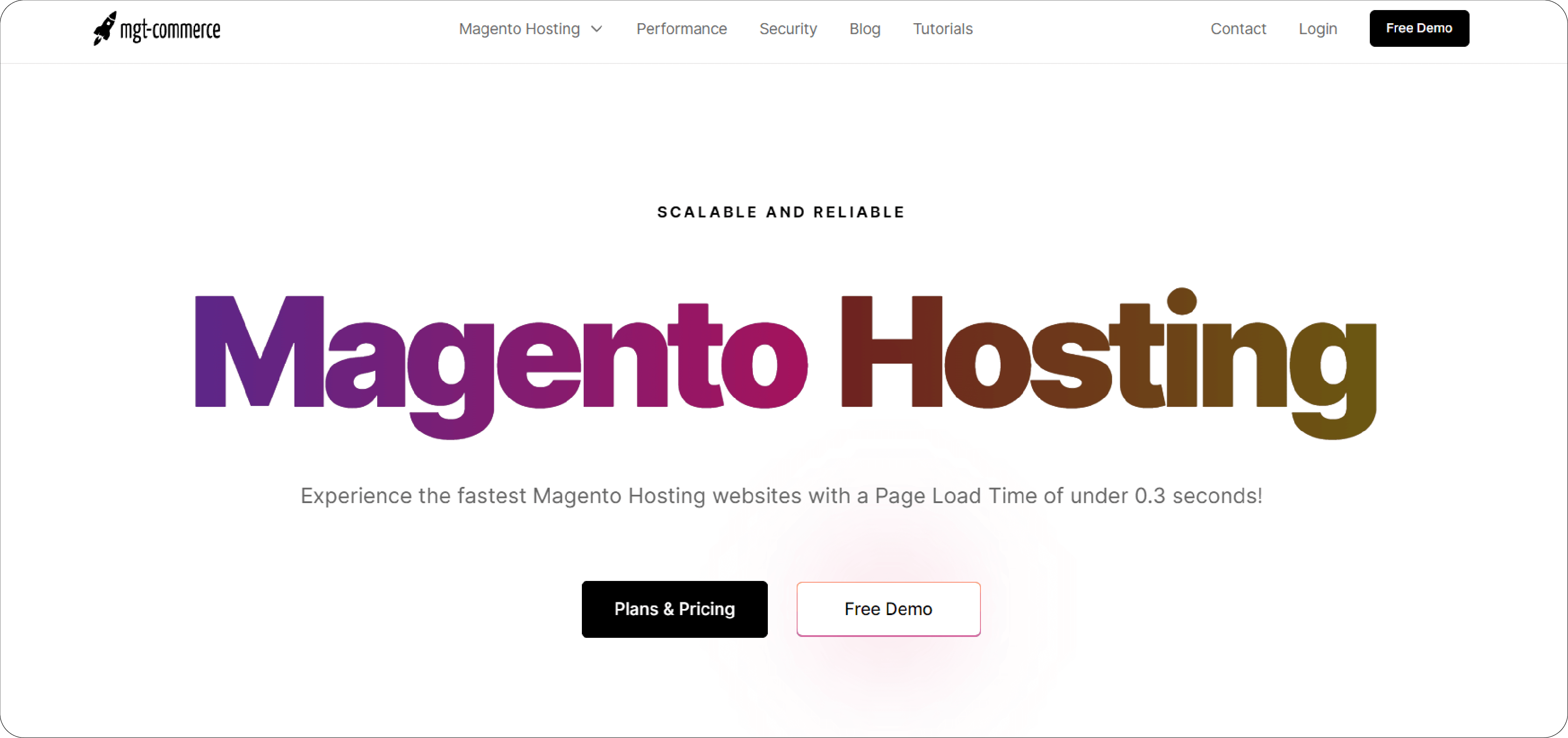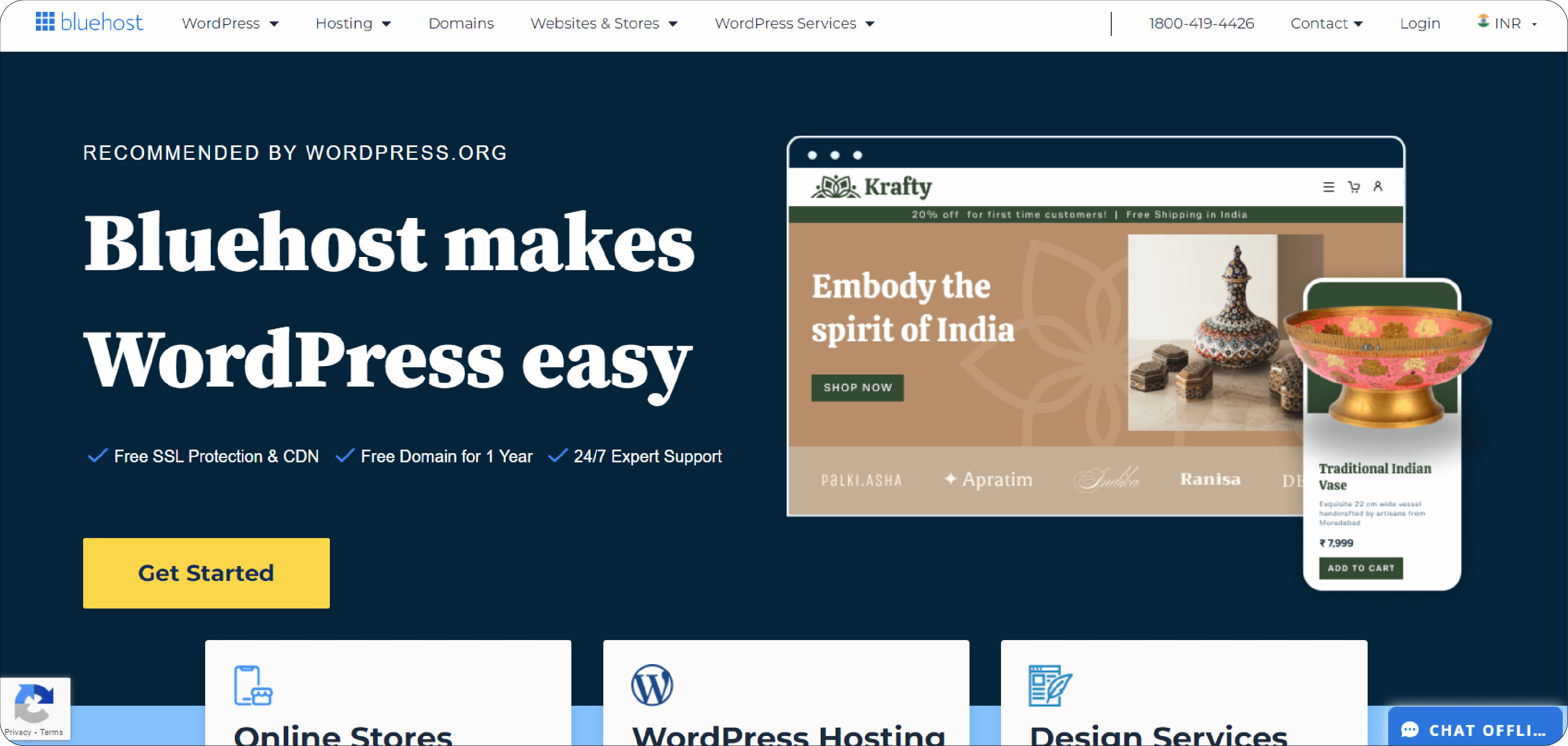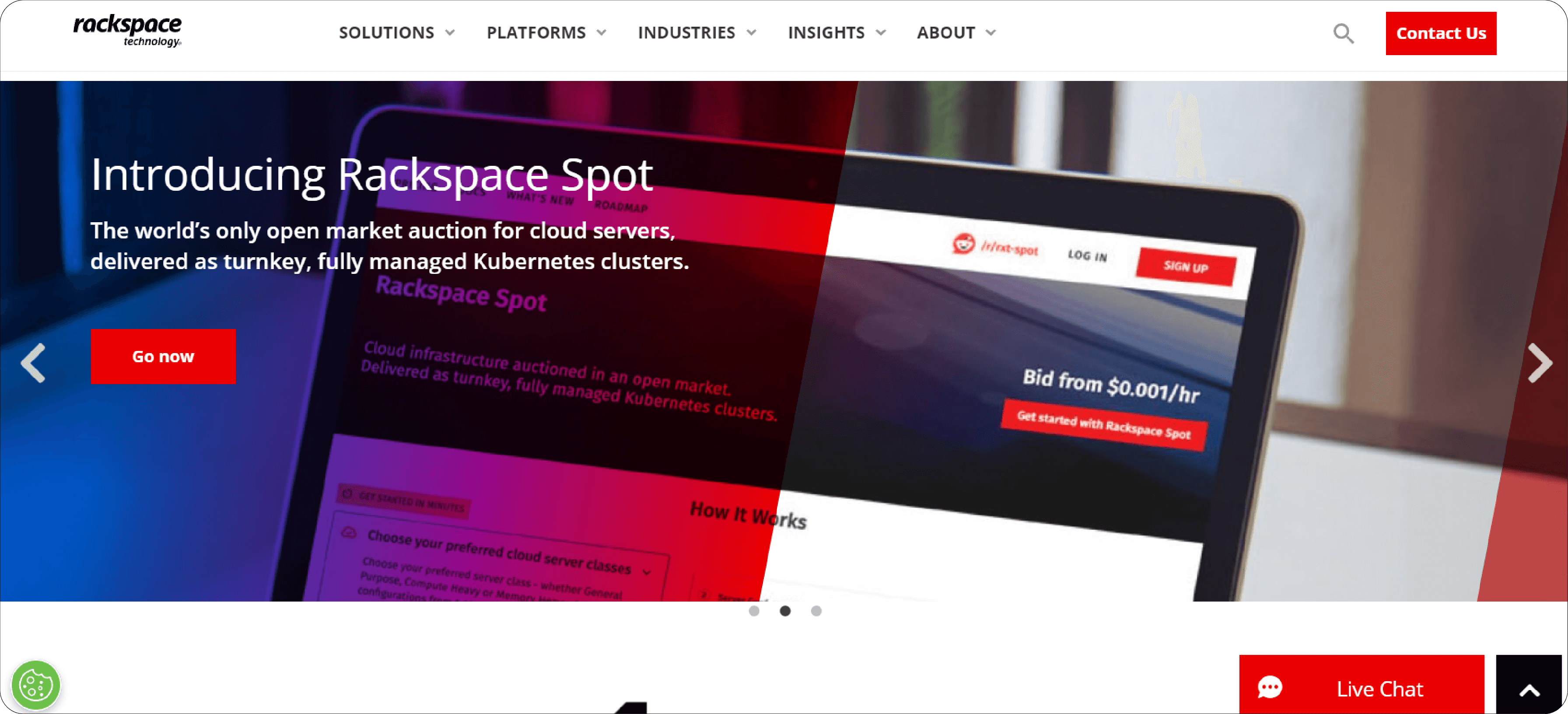
Magento Best Hosting Companies: Evaluate Bounce Rates
Did you know your Magento host choice affects your site's bounce rate? Bounce rate measures the percentage of visitors who leave a website. This happens after viewing only one page. This article discusses the importance of optimizing bounce rate for a website. It aims to avoid low website performance.
Key Takeaways
-
Learn how to optimize bounce rates for Magento hosting companies.
-
Discover strategies to ensure fast loading speeds and reliable servers.
-
Explore ways to enhance user experience on your eCommerce store.
-
Understand the importance of security measures in mitigating bounce rates.
What are Magento Bounce Rates?
Bounce rate refers to the percentage of visitors who leave a website after viewing one page. High bounce rates can lead to problems like slow loading times. Slow loading times can make the user experience bad and the content irrelevant. This can make potential customers leave.
An increase in bounce rate for a Magento hosting company indicates challenges encountered by visitors. These challenges involve smooth website navigation and obtaining key hosting plan details. They stem from factors like complex navigation, unclear messaging, or insufficient engaging content.
Bounce rate can be influenced by the performance of the hosting company's website infrastructure. Server uptime, page load times, and responsiveness vary based on the device and browser. Delays or downtime can prompt visitors to leave the hosting provider’s website. They may choose to explore other options instead.
Factors Influencing High Bounce Rate
1. Slow Page Load Times
Users expect websites to load quickly. A few seconds of delay in page load times can lead to increased bounce rates. When a website takes too long to load, visitors are more likely to abandon it and seek alternatives. It is particularly relevant for web hosting services. Users have high expectations for speed and efficiency during the shopping process. Factors that contribute to slow page load times include:
-
Large File Sizes: Images, videos, and other media assets that are not optimized can slow down page load times.
-
Excessive HTTP Requests: Websites that make too many requests to the server can experience delays in loading.
-
Poor Server Performance: Insufficient server resources or inefficient configurations can lead to slow response times. Examples include inadequate hardware allocation or optimized software settings. This delay can frustrate visitors and contribute to higher bounce rates.
2. Poor Usability
Usability refers to how visitors can navigate and interact with a website. Users find it more likely to leave a site if they encounter obstacles or frustrations. They might search for what they need somewhere else. Common usability issues that contribute to high bounce rates include:
-
Complex Navigation Menus: Websites with complicated navigation menus can confuse users. This complexity makes it difficult for them to find the content they're looking for.
-
Unclear Calls-to-action (CTAs): Websites that lack compelling CTAs may fail to engage visitors. They may fail to encourage them to take the desired actions.
-
Inconsistent Design: Websites with inconsistent visuals can disrupt the user experience. This disruption often leads to increased bounce rates.
3. Server Reliability Issues
Downtime or server errors can impact user experience and lead to higher bounce rates. Server reliability issues can damage the credibility and trust of a website. It can lead to long-term consequences for the brand. Common server reliability issues that contribute to high bounce rates include:
-
Server Downtime: Periods of server unavailability can disrupt the user experience. Maintenance, upgrades, or technical issues can cause downtime, leading to higher bounce rates.
-
Slow Server Response Times: Underpowered servers can result in slow responses, prompting users to leave.
-
Error Messages: Visitors who encounter error messages such as Internal Server Error or Service Unavailable might choose to leave.
Importance of Choosing the Right Hosting Company
1. Fast Page Load Times
A hosting provider ensures that your Magento store loads. They achieve this by offering high-performance servers, optimized configurations, and robust infrastructure. By optimizing loading times, websites can decrease bounce rates. It improves user satisfaction, keeping bounce rates low and visitors engaged.
2. Reliable Uptime
Downtime can have a significant impact on user experience, leading to abandonment. It is important to have a proven track record of uptime reliability. This reliability helps maintain the availability of your Magento store. Reliable uptime minimizes the risk of bounce rates caused by server unavailability.
3. User-Friendly Experiences
Your Magento store's user experience depends on the hosting provider's infrastructure and support. A user-friendly web hosting company can enhance the browsing and shopping experience. Bounce rates on Magento sites can be reduced by prioritizing user experience. Offering user-friendly control panels like cPanel or Plesk simplifies website management for owners.
4. Magento-Specific Requirements
Choosing hosting tailored for Magento ensures effective optimization for your store. Magento-specific hosting solutions often include features such as optimized server configurations. They provide pre-installed software packages. It offers specialized support services to maximize Magento store performance and reliability.
5. Security Measures

Hosting companies that focus on security can help reduce bounce rates by promoting trust in Magento users. Look for providers offering features like SSL certificates, firewalls, and malware scanning.
Top Magento Hosting Providers For Optimizing Bounce Rates
1. Mgt-Commerce

Mgt-Commerce is a top e-commerce solutions provider known for its strong platforms designed for businesses of any size. Mgt-Commerce specializes in Magento-based e-commerce solutions. It offers a comprehensive suite of services. These services range from website development to digital marketing strategies.
Key Features:
-
Streamlined User Experience (UX): Mgt-Commerce designs and develops Magento-based websites that focus on user experience. It ensures easy navigation for visitors by creating simple navigation paths. It optimizes page layouts and ensures fast loading times. This approach reduces the likelihood of bouncing.
-
Responsive Design: Mgt-Commerce prioritizes mobile responsiveness. They build e-commerce websites optimized for various devices and screen sizes. The hosting services cut bounce rates on mobile devices. It provides a consistent and seamless browsing experience across desktops, tablets, and smartphones.
-
Content Optimization: Mgt-Commerce assists clients in optimizing their website content. This makes it more engaging and relevant to their target audience. Mgt-Commerce conducts keyword research. It crafts compelling product descriptions. It implements persuasive CTAs to reduce bounce rates.
2. Bluehost

Bluehost distinguishes itself with a strong reputation for reliability and customer satisfaction. Its interfaces, optimized servers, and emphasis on security contribute to superior performance. It uses advanced strategies to minimize bounce rates for website success.
Key Features:
-
Performance: Bluehost offers scalable magento cloud hosting platform. These platforms come with advanced caching and optimization features. These configurations ensure excellent user experiences for Magento sites hosted with them.
-
Load Time: Bluehost emphasizes enhancing website speed and responsiveness. They implement techniques like content caching, image optimization, and content delivery networks (CDNs). These techniques increase page loading times and improve site performance.
-
Intuitive User Interface: Bluehost offers an intuitive control panel. It also provides a range of website management tools catering to users of all skill levels. It recognizes the significance of seamless navigation. Clear information presentation keeps visitors engaged and reduces bounce rates.
3. Rackspace

Rackspace, founded in 1998, is a cloud computing company known for its cloud hosting solutions. Rackspace has grown into a global provider of innovative technology services. It offers expertise in cloud management and security. Rackspace is recognized for its commitment to providing reliable and scalable hosting solutions.
Key Features:
-
Server Performance Optimization: Rackspace ensures high server performance. They do this by leveraging cutting-edge technologies and optimized server configurations. They provide ample resources and efficient server management. This helps cut website downtime and loading delays. It reduces the likelihood of visitors bouncing.
-
Scalability and Elasticity: Rackspace offers flexible hosting options. These options allow businesses to scale resources based on demand. This ensures optimal website performance during traffic fluctuations which minimizes bounce rates.
-
Responsive Customer Support: Rackspace prioritizes customer satisfaction by providing responsive support services round-the-clock. Their team of experts assists users with technical issues, performance optimization, and troubleshooting. This ensures that any potential concerns impacting bounce rates are addressed.
Best Strategies for Mitigating High Bounce Rates
1. Leverage Analytics for User Behavior Insights
Speed optimization for loading pages can decrease bounce rate. Use tools like Google PageSpeed Insights to diagnose and improve page load times. Tailor content to meet the specific expectations of different traffic sources. This enhances relevance and engagement. Make sure your site works well on both mobile and desktop devices, taking into account how users use them.
2. Compelling CTAs
Placing CTAs prominently ensures visitors notice them without scrolling. This approach sets clear expectations, reduces hesitation, and improves the user experience. It guides visitors smoothly through your conversion path, increasing the likelihood of action.
3. Address Technical SEO Issues
Crafting engaging meta descriptions for each page is important. It influences users' decisions to click on websites from search engine results pages. Customize your 404 pages to guide users to relevant site content. Enhance the user experience with helpful links and search functions.
4. Free Magento Installation
Some hosting providers offer free Magento installation as part of their Magento plans. It is easier for users to set up their Magento stores. Streamlining Magento user onboarding can significantly reduce bounce rates.
5. Managed Hosting Options
Fully managed Magento hosting solutions handle technical. These include server maintenance, updates, and backups. Managed hosting ensures the smooth operation of Magento stores. It reduces bounce rates by eliminating the need for technical expertise from users.
6. Scalability and Flexibility
As Magento stores grow, they need resources to accommodate increased traffic. Scalability accommodates increased traffic and demand. Hosting companies with scalable plans and resources aid Magento users. They ensure optimal performance and lower bounce rates as stores expand.
FAQs
1. What factors should I consider when evaluating Magento 2 hosting providers?
When choosing a hosting provider for your Magento store, consider the type of hosting. Options include shared, cloud VPS, dedicated hosting for Magento). Check scalability, security measures, SSL certificate, and support for Magento hosting plan functionalities.
2. Which hosting companies are known for providing the best Magento hosting solutions?
Mgt-commerce, A2 Hosting, and InMotion Hosting offer top Magento hosting services. They focus on eCommerce and offer managed hosting solutions. These companies have gained recognition for their expertise in online businesses.
3. How can I reduce the bounce rates on my Magento site through the choice of a web hosting provider?
Choosing a reliable hosting provider reduces bounce rates on your Magento website. It ensures optimal site speed, uptime, and performance. Look for providers that offer managed hosting, dedicated servers, and SSD storage.
4. Does shared hosting affect bounce rates for Magento stores?
Shared hosting impacts bounce rates if server resources can't handle your Magento site's traffic. Consider upgrading to cloud hosting or VPS hosting for Magento. This can lead to better performance and lower bounce rates.
5. Are there any specific features I should look for in a hosting plan to help evaluate bounce rates?
Look for hosting plans that offer free SSL certificates. Also, consider those with content delivery network (CDN) integration and Magento-specific caching. Shared hosting plans help optimize your Magento 2 hosting plan and reduce bounce rates.
6. What role does server location play in evaluating bounce rates for Magento stores?
The server location proximity affects bounce rates for Magento stores. Closer servers mean faster loading times, better user experience, and lower bounce rates.
Summary
Finding the best Magento hosting company isn't about speed and reliability. It's also about reducing bounce rates to keep visitors interested. Here's a summary of what is covered:
-
Learn why bounce rates matter and how they impact website performance. Factors such as slow loading times contribute to their significance. Poor user experience is another contributing factor.
-
Look into the reasons behind high bounce rates. These may include slow page load times, poor usability, and server reliability issues.
-
Explore different criteria's to select the best hosting provider. Focus on factors like reliable uptime and user-friendly experiences.
-
Identify leading hosting companies such as Mgt-Commerce, Bluehost, and Rackspace. Each of these companies offers unique features to optimize bounce rates.
Check out managed Magento hosting to choose the right hosting plans for your company.




